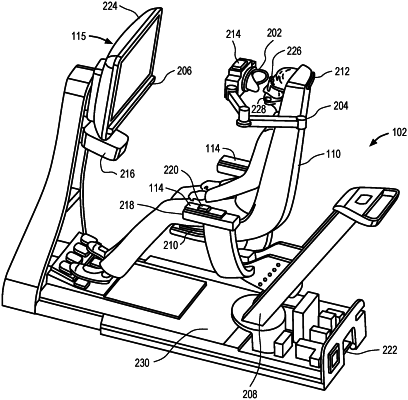| CPC A61B 34/35 (2016.02) [A61B 34/25 (2016.02); B25J 9/0009 (2013.01); B25J 9/1689 (2013.01); G06F 3/012 (2013.01); G06F 3/013 (2013.01); G06F 3/017 (2013.01); A61B 2034/305 (2016.02)] | 19 Claims |

|
1. A method for engaging and disengaging a surgical instrument of a surgical robotic system, the method comprising:
receiving a plurality of interlock inputs from one or more interlock detection components of the surgical robotic system, and wherein at least one of the one or more interlock detection components comprises a transport sensor for detecting whether the surgical robotic system is in a transportation mode as one of the plurality of interlock inputs;
determining, by one or more processors communicatively coupled to the interlock detection components, whether the plurality of interlock inputs indicate each of the following interlock requirements are satisfied: (1) a user is looking toward a display of the surgical robotic system, (2) at least one or more user interface devices of the surgical robotic system are configured in a usable manner, and (3) the transport sensor detects the surgical robotic system is not in the transportation mode; and
in response to determining each of the interlock requirements are satisfied, transition the surgical robotic system into a teleoperation mode in which the surgical instrument is controlled by at least one or more of the user interface devices.
|